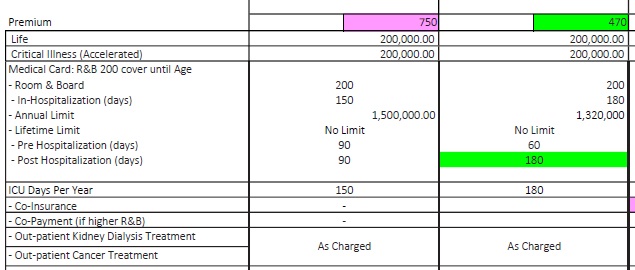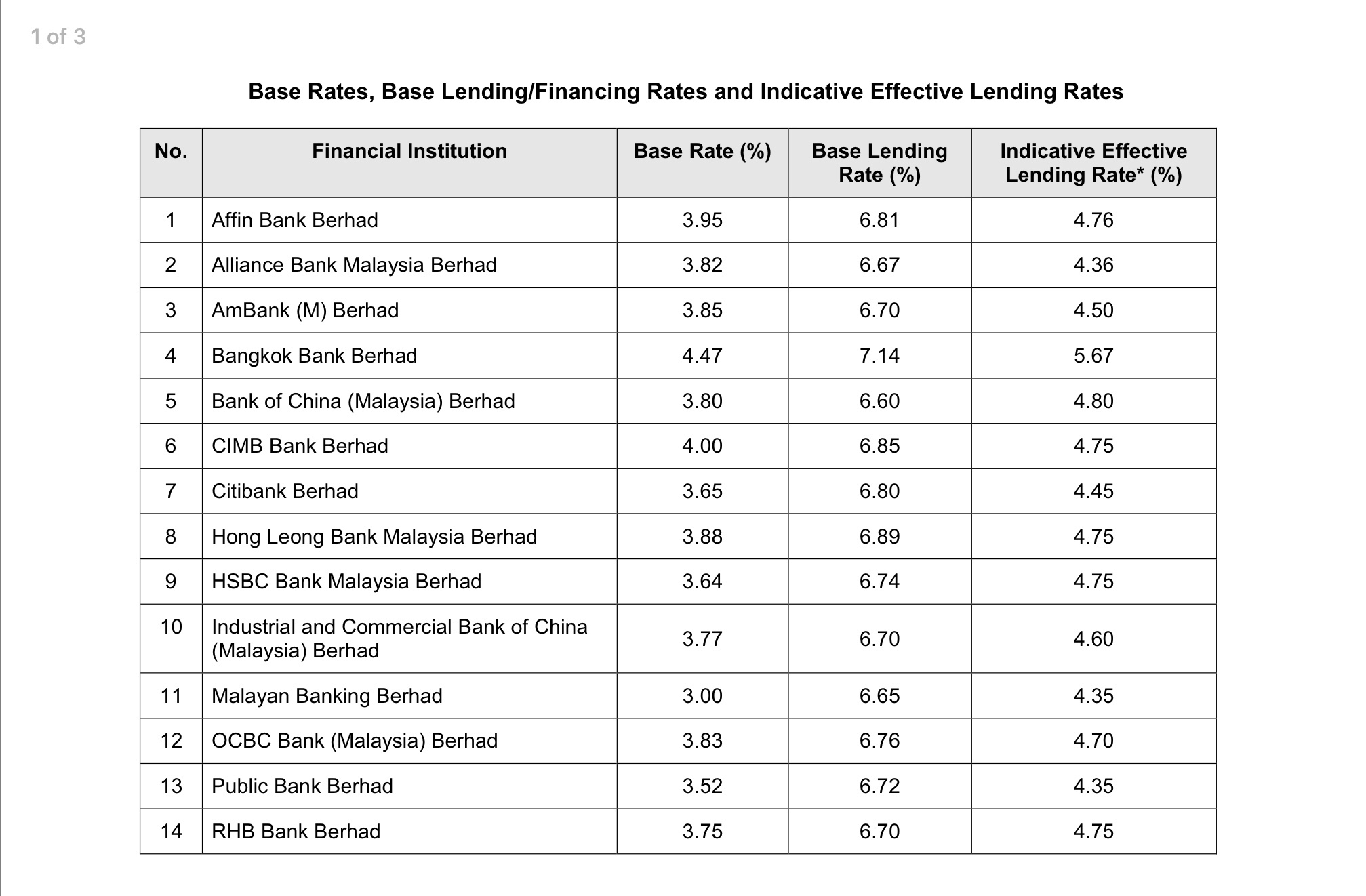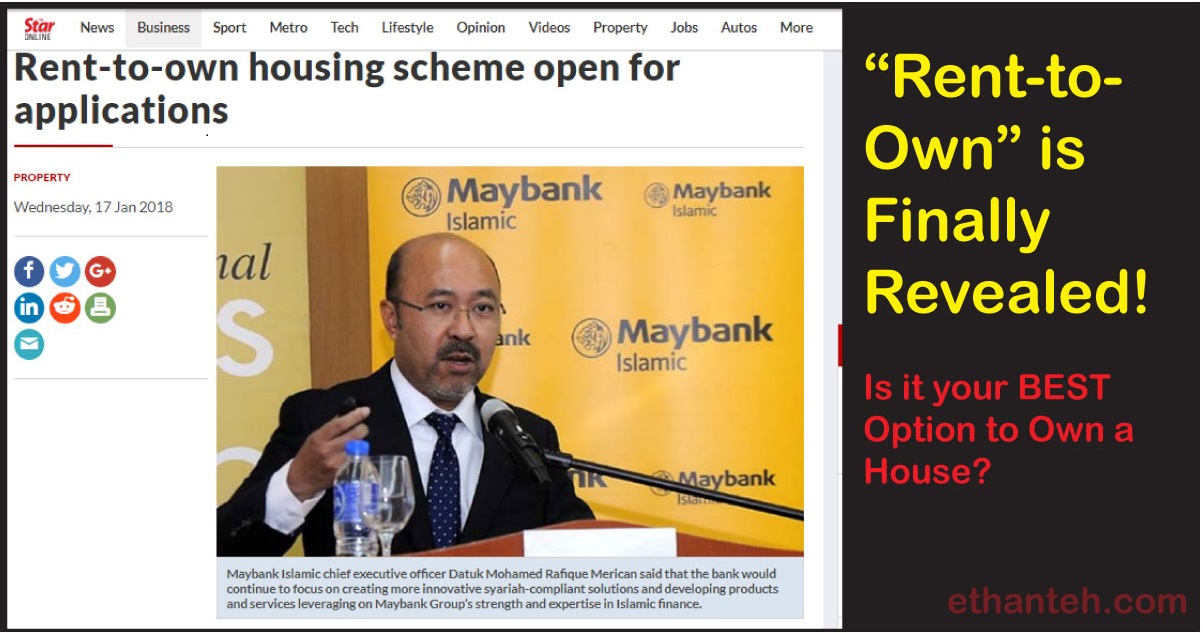Is AI ready to take over human job?
I tried it out last night. It was really interesting and amazed me to certain level. I even tried it with Financial Planning topic, and, at least, I believe that ChatGPT is able to pass the exam for Registered Financial Planner (RFP) or Chartered Financial Planner (CFP).

What are the potential job to be taken over by AI?
There are certain jobs and tasks that may be automated or partially automated by AI and language models like ChatGPT in the future. Some examples include:
- Data entry and data processing: AI models can process large amounts of data faster and more accurately than humans, making them ideal for tasks like data entry and data processing.
- Customer service: AI-powered chatbots can handle simple customer service inquiries, freeing up human customer service representatives to handle more complex issues.
- Content generation: AI models like ChatGPT can be trained to generate articles, reports, and other written content, potentially reducing the need for human writers in certain contexts.
- Translation: AI models can be trained for language translation tasks, potentially reducing the demand for human translators in certain industries.
- Financial analysis: AI models can be trained to analyze financial data and provide insights and recommendations, potentially reducing the need for human financial analysts in certain contexts.
It’s important to note, however, that while AI models have the potential to automate certain tasks, they are not expected to replace human workers entirely. Instead, they are likely to augment human abilities and allow us to focus on more creative and high-level tasks.
How can AI such as ChatGPT assist financial planner?
AI models such as ChatGPT can assist financial planners in several ways:
- Data analysis: ChatGPT can process large amounts of financial data and provide insights and recommendations based on that data. For example, it can analyze market trends and provide financial planners with information on the best investment opportunities.
- Report generation: ChatGPT can be trained to generate financial reports and summaries, potentially reducing the time and effort required for financial planners to create these reports themselves.
- Portfolio optimization: ChatGPT can assist financial planners in portfolio optimization by analyzing a client’s financial situation and recommending the best investment strategies based on that analysis.
- Customer service: ChatGPT can be used to answer simple customer inquiries and provide information on financial products and services, freeing up financial planners to focus on more complex issues.
- Risk management: ChatGPT can assist financial planners in risk management by analyzing market data and identifying potential risks to a client’s portfolio.
It’s important to note that AI models like ChatGPT are only as good as the information they have been trained on, and they cannot replace human judgement and experience. Financial planners should use AI models as a tool to assist in their work, rather than relying on them solely.
Conclusion
Answer to both questions above were generated by ChatGPT. Could it be ChatGPT is trying to convince us that it will not take away our job while we continue to develop them?











